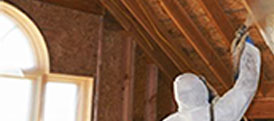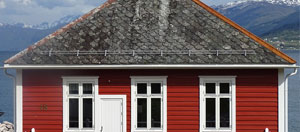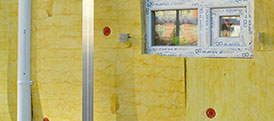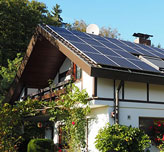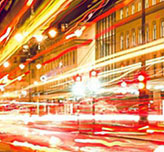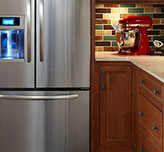INSULATION > COOL ROOF

Cool Roofs : Reflecting the Sun Back
Cool Roofs can be one of the most cost effective strategies towards cutting down your AC bills. A recent study by EPA showed how using cool roofs can result in over 40% cooling energy savings.
A Cool Roof reflects the sunlight (solar radiation) back, significantly reducing the amount of heat that gets absorbed through the roof surface. The cool roof reduces the cooling loads in hot summers, and reduces - peak loads, urban island effect and the required HVAC system size.
The US Department of Energy recommends cool roofs for hot climates. In colder climates, however, cool roofs should be avoided as the roof surfaces will reflect the beneficial solar radiation.
Cool Roof reflects the hot solar infrared radiation falling on the house's roof
Measuring the Effectiveness of Cool Roofs
The roof's “Coolness” is measured by its reflectance and thermal emittance, or a combination metric of solar reflectance index (SRI):
> Solar reflectance is fraction that corresponds to the percentage of sunlight that the roof reflects back. Thus a roof surface having a reflectance of 0.75, reflects back 75% of the incident sunlight.
> Emittance is a fraction that corresponds to the percentage of heat energy emitted by the roof surface. A surface with a higher emittance will emit a higher percentage of heat and thus cool itself faster.
> Solar Reflectance index (SRI) is an alternative metric for comparing the “coolness” of roof surfaces. It is calculated from solar reflectance and thermal emittance values. Higher the SRI, cooler the roof will be in the sun. The Lawrence Berkeley Laboratory (LBL) has a spreadsheet that calculates SRI.
US Green Building Council’s (USGBC) Leadership in Energy and Environmental Design (LEED) program currently uses minimum SRI values of 78 and 29 for low and steep sloped cool roofs, respectively.
Also see our pick of the top rated cool roof products in the market.
